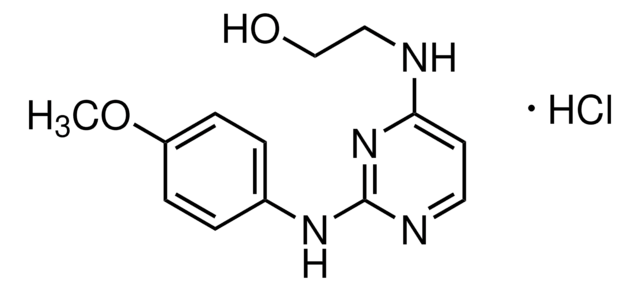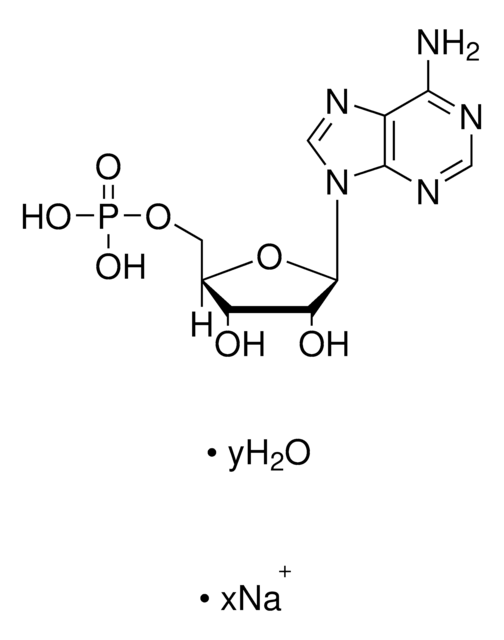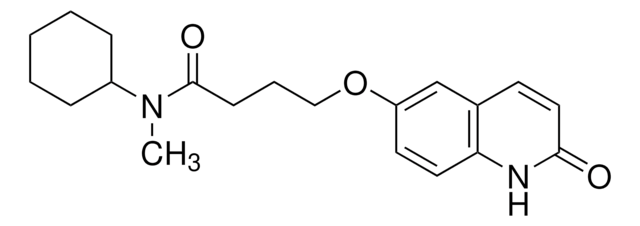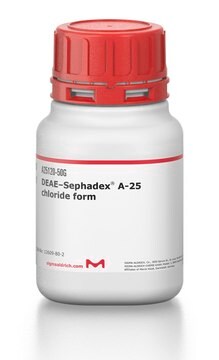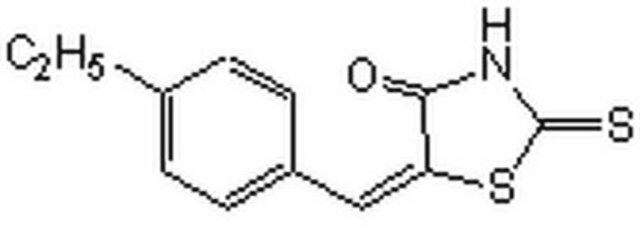おすすめの製品
由来生物
sheep
品質水準
結合体
unconjugated
抗体製品の状態
whole antiserum
抗体製品タイプ
primary antibodies
クローン
polyclonal
分子量
antigen 14.4 kDa
化学種の反応性
human, rabbit, canine, rat
テクニック
immunoprecipitation (IP): suitable
indirect immunofluorescence: suitable
western blot: 1:5,000 using MCF-7, Rat-1, MDCK or Jurkat cell extracts
UniProtアクセッション番号
輸送温度
dry ice
保管温度
−20°C
ターゲットの翻訳後修飾
unmodified
遺伝子情報
human ... CYCS(54205)
rat ... Cycs(25309)
類似した製品をお探しですか? 訪問 製品比較ガイド
免疫原
アプリケーション
Western Blotting (1 paper)
ターゲットの説明
免責事項
適切な製品が見つかりませんか。
製品選択ツール.をお試しください
保管分類コード
10 - Combustible liquids
WGK
WGK 3
引火点(°F)
Not applicable
引火点(℃)
Not applicable
適用法令
試験研究用途を考慮した関連法令を主に挙げております。化学物質以外については、一部の情報のみ提供しています。 製品を安全かつ合法的に使用することは、使用者の義務です。最新情報により修正される場合があります。WEBの反映には時間を要することがあるため、適宜SDSをご参照ください。
Jan Code
C5723-.2ML:
C5723-VAR:
C5723-BULK:
C5723-.2ML-PW:
試験成績書(COA)
製品のロット番号・バッチ番号を入力して、試験成績書(COA) を検索できます。ロット番号・バッチ番号は、製品ラベルに「Lot」または「Batch」に続いて記載されています。
資料
Learn about the four membrane-bound protein complexes that make up the electron transport chain metabolic pathway supplying energy as ATP for cellular respiration.
ライフサイエンス、有機合成、材料科学、クロマトグラフィー、分析など、あらゆる分野の研究に経験のあるメンバーがおります。.
製品に関するお問い合わせはこちら(テクニカルサービス)